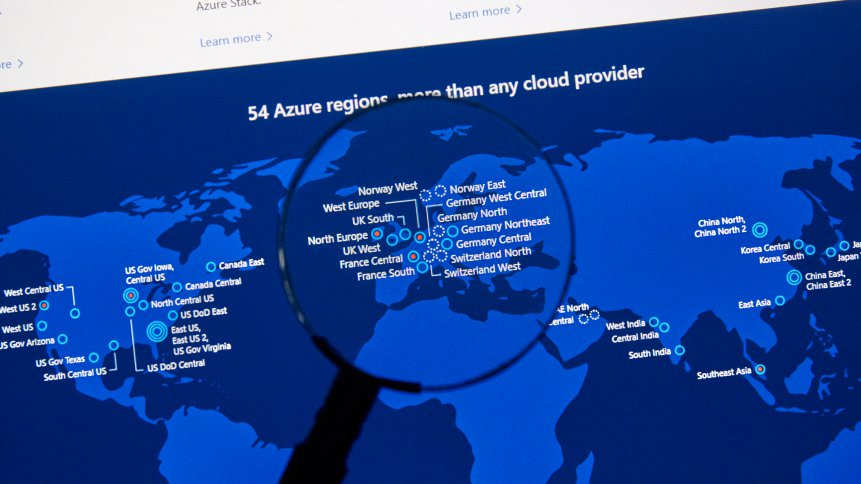Almost 50 cloud regions expected to be launched globally in next two years.

Cloud regions are globally distributed data centers by a particular cloud service provider that enables secure, high-performance, local environments. With demands for more services and regulatory requirements, more cloud regions and availability zones have been established in recent times.
According to TeleGeography’s Cloud Infrastructure Map, Azure, Google, AWS, and Oracle have been leading the development of cloud regions and are planning to add up to another 50 more over the next two years.
Currently, Google already has 10 regions in North America alone with dozens more around the world, while Amazon has 26 regions with 84 availability zones. Oracle already has 37 regions globally and is planning to add to this number as well. Microsoft Azure currently has 59 regions in operation and a further 19 under development.
In fact, TeleGeography saw that cloud providers launched 18 new regions in 2021 after launching an average of 15 per year since 2013. Globally, Asia has the most in-service cloud zones, logging over 230.
Asia is also poised to keep this record for the foreseeable future. Alibaba recently launched new regions in South Korea and Thailand, in addition to the Philippines at the end of 2021. Further, Microsoft Azure just launched its fifth region in China.
“Regions were accelerating pre-pandemic with 28 new regions in 2019, but numbers unsurprisingly cooled off when restrictions were enforced. We’re now seeing expansion pick up again in above-average numbers. We expect that this momentum will continue,” commented Patrick Christian, Principal Analyst at TeleGeography.
Beyond cloud regions, TeleGeography’s refreshed research also covers pricing trends among cloud and WAN services. While its role in the WAN is diminishing, MPLS remains a critical component of many enterprise networks, and prices for the service continue to decline across geographic regions.
Carriers reported service availability in 5,244 cities around the globe in 2021, but prices varied greatly. Overall, MPLS prices remain highest in developing or remote markets, such as Johannesburg, Mumbai, and São Paulo, where international layer 1 connectivity is most expensive and fewer service providers have PoPs.
“Orienting networks toward greater cloud utilization generally requires additional bandwidth at each site. Markets that are major connectivity hubs—and where international capacity is cheap, such as London, New York, and Hong Kong—are the least expensive option for businesses needing bandwidth. The competition we see among carriers reflects the fact that those offering any international service tend to have PoPs in these cities,” explained Christian.
This latest analysis from the research firm examines the evolution of WAN services and architecture, geographic coverage, and pricing. It also covers cloud connectivity services (dedicated connections) with profiles and analyses of the major public IaaS cloud service providers and colocation providers that offer cloud on-ramp services.










